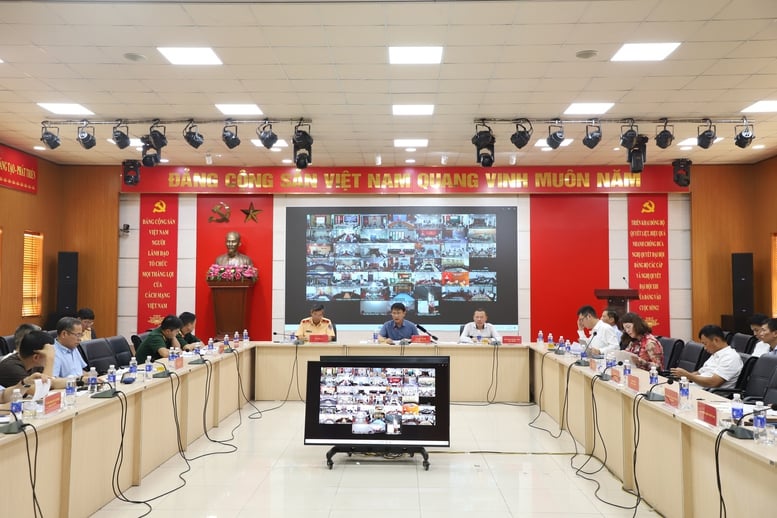
Conference to collect opinions on the draft Decree detailing and guiding the implementation of a number of articles of the Law on Inland Waterway Traffic and the Law amending and supplementing a number of articles of the Law on Inland Waterway Traffic - Photo: VGP/PT
On the afternoon of May 29, the Vietnam Maritime Administration ( Ministry of Construction ) held a conference to collect opinions on the Draft Decree detailing and guiding the implementation of a number of articles of the Law on Inland Waterway Traffic and the Law amending and supplementing a number of articles of the Law on Inland Waterway Traffic.
Decentralization of national inland waterways to local management
According to Mr. Le Do Muoi, Director of the Vietnam Maritime and Waterways Administration, decentralization and delegation of authority over inland waterway infrastructure have been stipulated in the Law on Inland Waterway Traffic, but in the implementation process, there are still many difficulties and inadequacies.
The new draft Decree will remove and promote decentralization and delegation of authority in the management of investment in construction and exploitation of inland waterways. At the same time, the Draft also institutionalizes the policies of the Party and the State and updates and supplements amendments and supplements to legal regulations according to practical requirements.
"Currently, the total number of kilometers of national inland waterways is more than 7,000km. It is expected that the central management agency will only manage about more than 2,200km, the rest will be completely decentralized to localities," Mr. Muoi informed.
The Vietnam Maritime and Inland Waterways Administration also requested localities to closely coordinate in the process of implementing policies, strictly manage inland waterway routes and ports and wharves on assigned routes (if any).
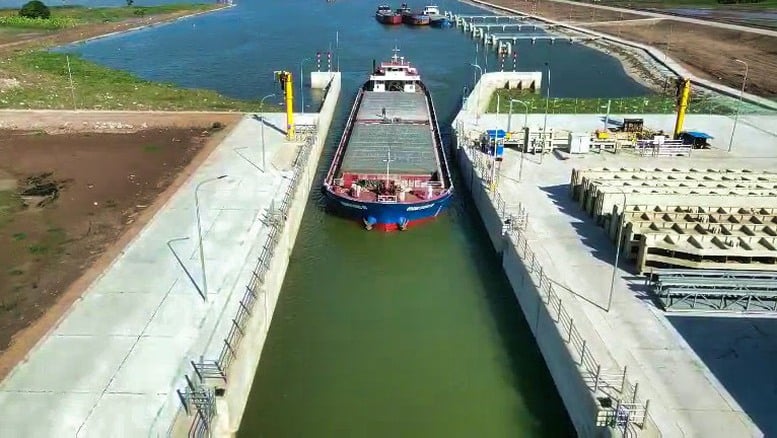
It is expected that the Central management agency will decentralize the management of inland waterways to local authorities - Photo: Construction Newspaper
Tightly manage more than 1,900 illegal water ports
According to statistics from the Vietnam Maritime and Waterways Administration, there are more than 3,000 rivers and canals nationwide, and more than 6,200 inland waterway ports and wharves and more than 1,900 wharves without operating licenses, accounting for more than 30% of the total existing number.
According to Major General Nguyen Van Mung, Deputy Director of the Traffic Police Department ( Ministry of Public Security ), during the coordination of field inspections on the Red River, the authorities determined that in some localities, the number of wharves without operating licenses accounted for more than 50% of the total number of wharves and inland waterway ports. Unlicensed wharves and waterway ports cause insecurity, affect waterway traffic and create an unfair business environment.
In fact, localities have a great need for water ports, serving the purpose of local socio -economic development, national security and defense, and people's livelihood. However, the current licensing procedures are still difficult because they are related to planning, land funds and administrative procedures. From that reality, Major General Nguyen Van Mung suggested that it is necessary to proactively review all relevant regulations, calculate to include in the planning of important inland ports and wharves, limit unnecessary procedures but still ensure compliance with regulations, meeting the needs of localities.
In addition, the Traffic Police Department requested the Maritime and Inland Waterways Department to carefully study issues related to: inland waterway vehicles that are not safe, not inspected, not licensed... the situation of crew members, cargo transportation, transportation routes, exploitation... there are many complexities that need to be carefully calculated and suitable for reality.
It is known that, in addition to decentralization and complete delegation of authority to local management, the Draft Decree detailing and guiding the implementation of a number of articles of the Law on Inland Waterway Traffic has many innovations compared to current regulations such as: Amending the criteria for classifying national inland waterways to decentralize the management of inland waterway channels to localities; decentralizing the management of inland waterway ports and procedures related to ports and wharves; abolishing and reducing the number of documents for procedures for closing channels and inland waterway ports and wharves to simplify the implementation for organizations and individuals...
The notable point in the draft Decree is the demarcation of ports and inland waterway wharves. This demarcation comes from the fact that there are currently inland waterway wharves that are larger in scale than ports, but current regulations on port management are stricter than those on wharves, hindering development promotion, creating unhealthy competition and making "enterprises reluctant to invest in ports". Therefore, the draft Decree proposes to stipulate that ports will only serve vehicles of 750 tons or less.
Vietnam Maritime and Inland Waterways Administration said that in the first quarter of 2025, the waterway transport sector had good growth. Passenger transport output reached 127.2 million passengers, an increase of 26.8% compared to 2024. Cargo transport reached 149.1 million tons, an increase of 12.1%.
In the first 3 months of 2025, the volume of goods passing through ports by inland waterway vehicles reached 100.303 million tons.
In fact, compared to other modes of transport (such as road, sea, rail and air), the volume of passengers and goods transported by inland waterways has always had a large growth. This growth is due to the natural advantage of water transport with rivers and canals with a total length of about 41,900km and more than 3,600km of coastline, making water transport a mode of transport with many opportunities for development.
Experts say this is a positive sign as inland waterway transport is a method of mass transport with high costs and is being encouraged to reduce pressure on roads and reduce logistics costs.
Phan Trang
Source: https://baochinhphu.vn/phan-cap-phan-quyen-gan-5000km-luong-duong-thuy-noi-dia-quoc-gia-ve-dia-phuong-quan-ly-102250529213323196.htm


![[Photo] National Conference "100 years of Vietnamese Revolutionary Press accompanying the glorious cause of the Party and the nation"](https://vphoto.vietnam.vn/thumb/1200x675/vietnam/resource/IMAGE/2025/5/30/1cf6cd5c8a934ebfa347028dcb08358c)
![[Photo] General Secretary To Lam receives Chief of the Central Office of the Lao People's Revolutionary Party](https://vphoto.vietnam.vn/thumb/1200x675/vietnam/resource/IMAGE/2025/5/30/140435f4b39d4599a3d17975dfb444c5)



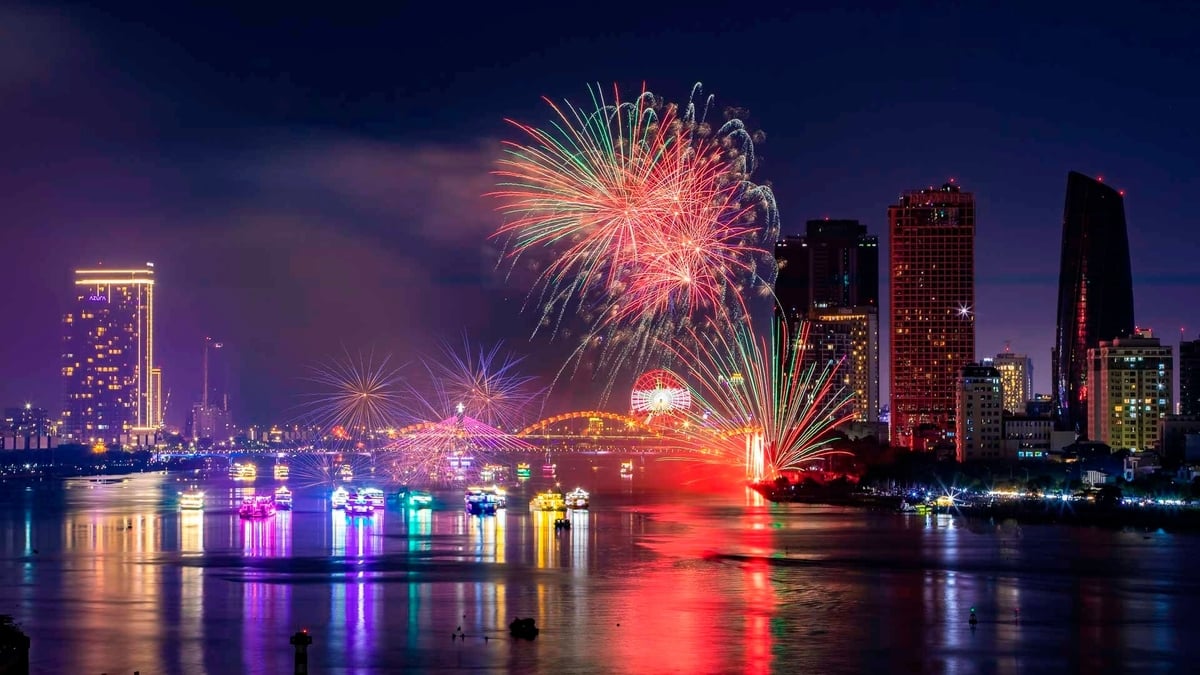
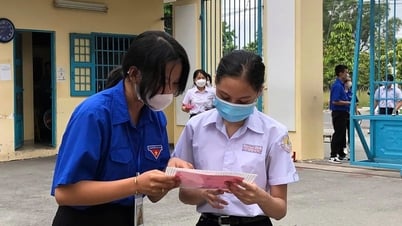

![[Video] Urgently implement the Politburo's Conclusion on developing Vietnamese culture and people](https://vphoto.vietnam.vn/thumb/402x226/vietnam/resource/IMAGE/2025/5/31/259c6ed83af242b4ac529ccbc2c137f7)






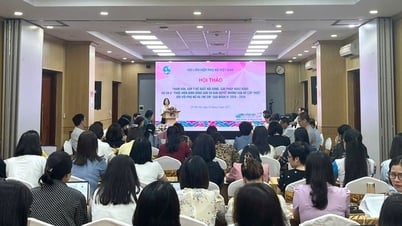










![[Photo] Journalists moved to tears at the Memorial Service for the soldiers who died in Gac Ma](https://vphoto.vietnam.vn/thumb/1200x675/vietnam/resource/IMAGE/2025/5/30/9454613a55c54c16bf8c0efa51883456)












































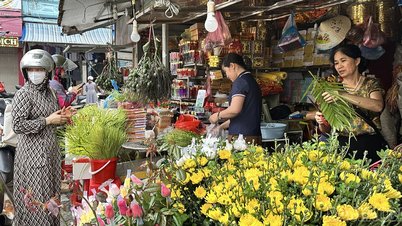






















Comment (0)